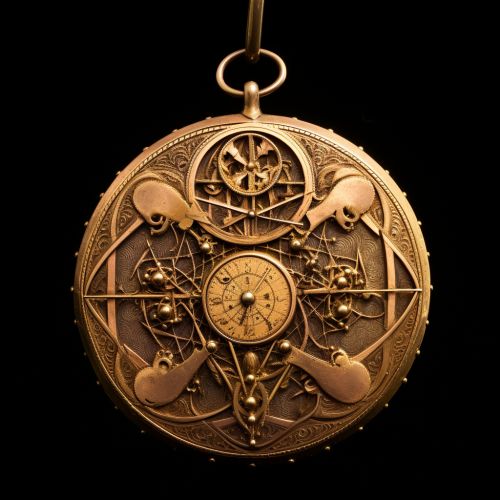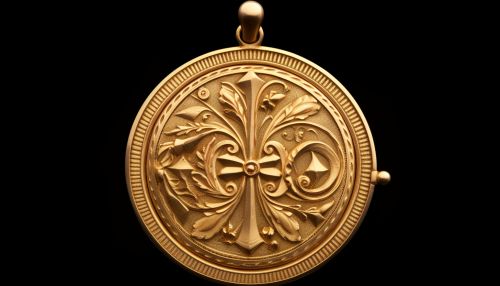Fields Medal
Introduction
The Fields Medal is a prestigious international award given to mathematicians under the age of 40 who have made significant contributions to the field of mathematics. It is often regarded as the highest honor a mathematician can receive and is sometimes referred to as the "Nobel Prize of Mathematics". The medal is named after Canadian mathematician John Charles Fields, who conceived the idea and provided funds for its establishment.


History
The Fields Medal was first proposed by Fields in the late 1920s. He was inspired by the International Mathematical Union (IMU), an organization dedicated to promoting international cooperation in mathematics. Fields, who had been involved in the IMU since its inception, wanted to create an award that would recognize and encourage further achievement in mathematics. He left funds in his will to the IMU for the establishment of the medal, which was first awarded in 1936.
Criteria and Selection Process
The Fields Medal is awarded every four years at the International Congress of the International Mathematical Union (IMU). The selection process is highly secretive and rigorous. A special committee, appointed by the IMU, reviews the work of potential recipients. The committee's deliberations and the identity of the medalists are kept secret until the day of the award ceremony.
The criteria for the Fields Medal are broad and flexible. The medal is awarded for "outstanding mathematical achievement for existing work and for the promise of future achievement." This means that the medal can be awarded for a specific breakthrough, a series of significant contributions, or the potential for future contributions. The age limit of 40 at the year of the award was set to encourage further achievement by the recipients.
Significance and Impact
The Fields Medal has a profound impact on the careers of its recipients and on the field of mathematics as a whole. It brings recognition not only to the medalists but also to the mathematical disciplines they represent. The medal has been awarded to mathematicians working in a wide range of mathematical disciplines, reflecting the diversity and richness of the field.
The Fields Medal also has a significant cultural impact. It has helped to raise the profile of mathematics in the public eye and to inspire young people to pursue careers in mathematics. The stories of Fields Medalists, their struggles, and their achievements, serve as powerful examples of the beauty and challenge of mathematical research.
Notable Recipients
Over the years, the Fields Medal has been awarded to many notable mathematicians. Some of them include Jean-Pierre Serre, the youngest recipient of the medal at the age of 27; Maryam Mirzakhani, the first and to date only female recipient; and Grigori Perelman, who declined the medal in 2006.
Controversies and Criticisms
Despite its prestige, the Fields Medal has been the subject of some controversies and criticisms. One common criticism is the age limit of 40, which some argue discriminates against late bloomers or those who have had career interruptions. The lack of female recipients has also been a subject of criticism.
The most notable controversy involved Russian mathematician Grigori Perelman, who declined the Fields Medal in 2006. Perelman, who had solved the Poincaré Conjecture, one of the seven Millennium Prize Problems, stated that he was not interested in awards and that his contribution to solving the conjecture was no greater than that of other mathematicians.
